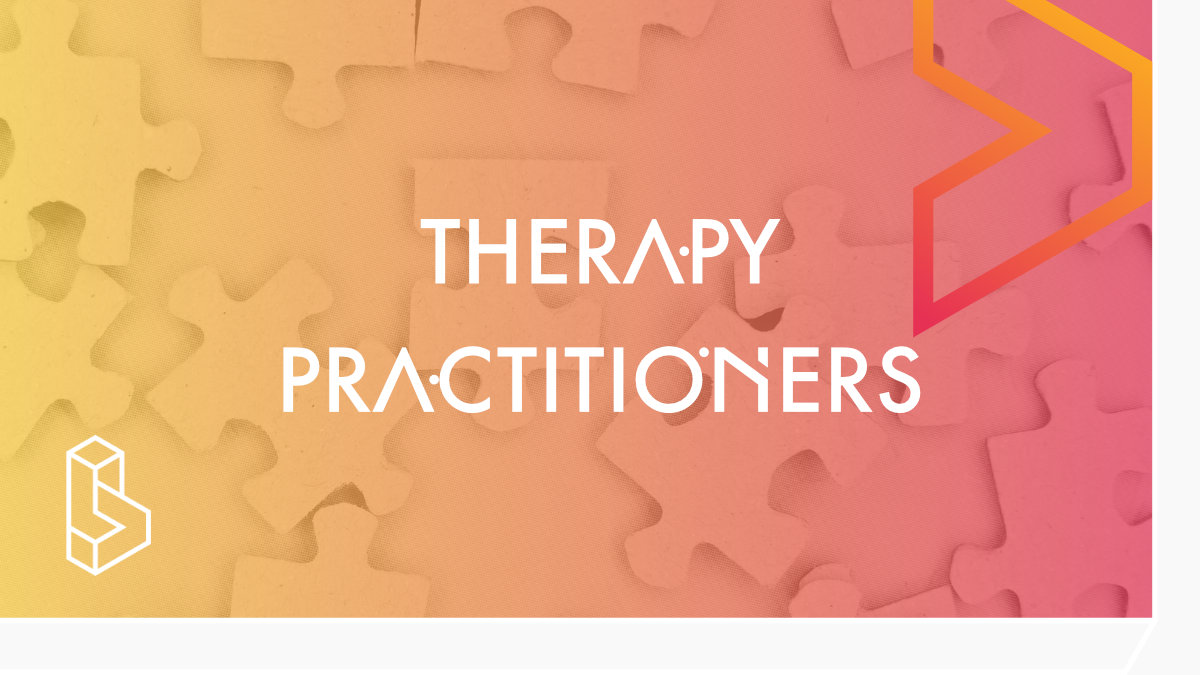Key Insights
- More than 50,000 therapists will be trained to administer psychedelic-assisted therapy within the next ten years. MAPS, COMPASS Pathways, CIIS and many other organisations have already started scaling up training programmes.
- Therapists in the ongoing clinical trials work in dyads and a full treatment can take upwards of 42 hours. New ways of administrating therapy through groups or with novel shorter-lasting compounds could drastically lower the time requirements and related costs.

Author: Floris Wolswijk is the founder of Blossom. He started Blossom in 2019 to help translate psychedelic research to a broader audience. Since then, he has grown the database to encompass 2000 papers and hundreds of other valuable resources. Floris has an MSc in Psychology and offers psychedelic-assisted coaching at FLO.
Therapists and clinicians are the backbone of psychedelic therapy delivery, and the capacity to fund and provide training, plus ensuring that a steady supply of therapists are consistently being trained, upskilled, and retained, is of utmost importance in the wider distribution of psychedelic therapies. It will be a key piece of the puzzle when scaling up psychedelic-assisted therapy (PAT), both for non-profit and for-profit organisations that are delivering these pieces of training.
PAT is generally available for mental health professionals who are seeking to work with clients who are receiving therapy, in conjunction with a psychedelic supplement. This could range from training specifically in integration services, through to becoming a practitioner of PAT. Training equips health professionals with the tools they need for supporting the experiences of their clients and integrating these into their lives, as well as harm reduction techniques. Many therapists also choose to train in other healing modalities, such as breathwork.
Therapy training providers
Several non-profit and for-profit companies are currently training psychedelic therapists. We expect more than 50,000 therapists to be trained to administer PAT within the next ten years. Here we highlight the work being done by MAPS who have been most forthcoming about their training goals.
MAPS wants to train 24,000 therapists in the six years that they expect to have data exclusivity following successful New Drug Application (NDA) approval in the USA for MDMA-assisted therapy (2023-2029), for the treatment of PTSD; data exclusivity is much longer in Europe. Their training is formed from online modules (100 hours), plus therapists can expect to be supervised and receive feedback on their first PTSD patients. The 100-hour training costs US$5,000 but does not include the voluntary option to partake in MDMA-assisted therapy themselves.
Based on estimates around MAPS’ therapy goals during their data exclusivity period from 2023-2029, we forecast total healthcare savings to be rather substantial for patients – at least US$18 billion, and revenue gains from providing therapy and training to be in the region of $7 billion. Assuming a linear growth rate for ketamine clinics, at US$600 per course of treatment, the revenue of ketamine clinics could be upwards of US$3 billion over the same period, with healthcare cost savings on a par with revenue gains.
Considering that each patient currently, in the PAT clinical trials, undergoes 42 hours of therapy with a male/female co-therapy team, increased therapy delivery will be intrinsically linked to mobilising more trained therapists. Considerations such as shorter in-person therapy, group therapy, or use of technology, as detailed earlier in the report, could be options to enhance accessibility to more people, but the efficacy of such methods remains to be tested.
While therapists who want to work with MDMA will need to undergo the MAPS’ training programme, there is a common desire to be trained as a general psychedelic therapist, in order to customise treatments (for instance, by providing a sequence of psychedelic compounds) for their clients. Currently, there are 310 therapists being trained by MAPS, with another 500 expected to begin training in September. Physicians prescribing MDMA will also require training, though their limited involvement in the therapeutic setting means their training could be completed in around 2-4 hours.
There are many training programmes emerging, seeking to build the next generation of therapy providers. Among psilocybin training providers, Canadian organisations such as ATMA Journey Centres recently completed training with 35 professionals, and the non-profit, Therapsil launched its beta training programme in March, earlier this year. US-based Fluence provides integration training, as well as ketamine-assisted psychotherapy training to aspiring practitioners.
Access to a ketamine prescriber is a common bottleneck for independent practitioners who want to provide ketamine-assisted therapy. A US-based start-up, Journey Clinical, is providing in-house trained ketamine prescribers to independent therapy practitioners and has partnered with Fluence for their therapist training programmes. Aspiring psychedelic clinical researchers can also take a post-graduate training course at the California Institute of Integral Studies.
In a bid to increase therapy providers, collaborations between experienced training practitioners and education systems will be key in providing more aspiring therapists to gain psychedelic therapy training and form part of the solution to encourage a diverse set of therapists to consider psychedelic therapy as a specialisation, to help the expanding groups of beneficiaries.

